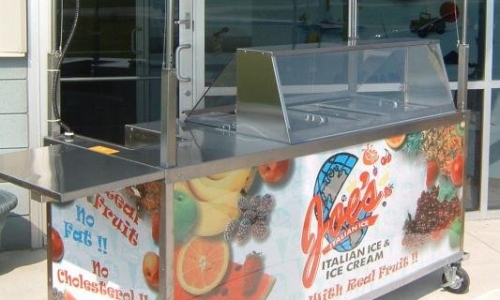Hard Times and Ice Cream

2010 was an exceptional year for the economy, for the weather and for ice cream. While the economy floundered, factories closed, unemployment numbers broke records and our personal portfolios declines in value, ice cream sales rose. Record high heat across the US over an extended summer season was expected to show falling ice cream sales, since history shows there’s a point where it’s too hot for the cool treat.. Not so says many of our customers as far as 2010. The economy may have played an offsetting role in the statistic.
To quote the President of the IAICDV, Alan Drazen, “A struggling economy has had an unprecedented impact on our business. However, the impact is far less on us than on the majority of business outside our affordable luxury category.” While Mr. Drazen speaks of the street vending and distribution sector, he’s right about the ice cream industry as a whole. As an affordable luxury (It almost seems an oxymoron), I can’t think of much competition in the price range of a scooped cone. The scooped, or hand dipped hard ice cream, cone is the most desired style of ice cream treat in the market (according to the Kelley Smith pole). A family trip to the local corner dairy can complete a day no matter what the day held, or didn’t. It’s a feel good family moment, priceless for the cost.
As a resulting factor, production and sales of ice cream and ice cream freezers remains stable across the country, although the New England states must sell more ice cream than anywhere in the world. It must go well with fresh seafood. The Italian Ice rage hasn’t slowed any this year. We’ve seen Italian Ice cart sales steadily rise and inquiries far outnumbering ice cream carts, however that may have something to do with the potentially hazardous food status and governing rules with regards to mobile food vending. None the less, it’s notable. Although a few business decisions made by some competitors to move or sell has brought us increased business, we can attribute some success to the new products developed this year and to some material changes used in production, but the real drive behind it all is the demand for ice cream.


